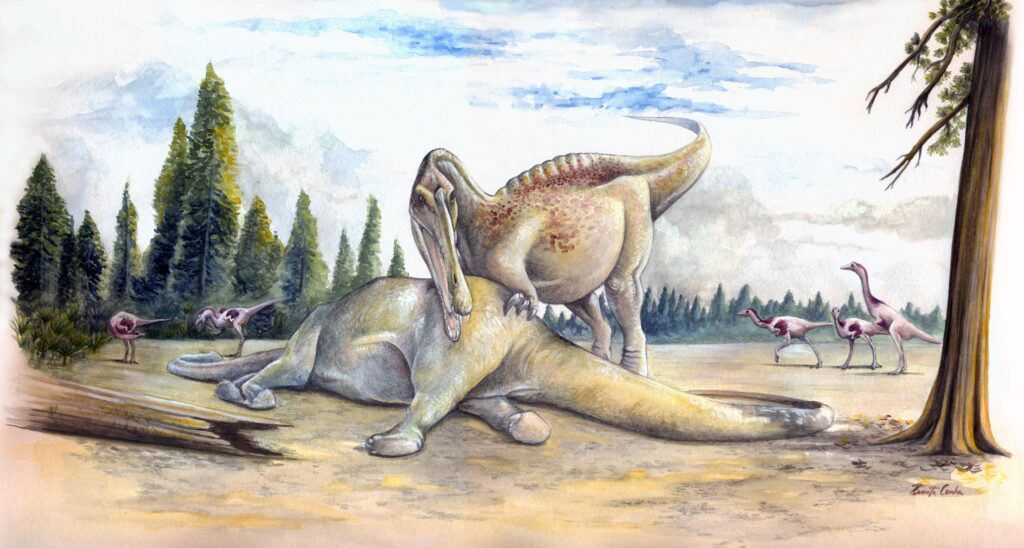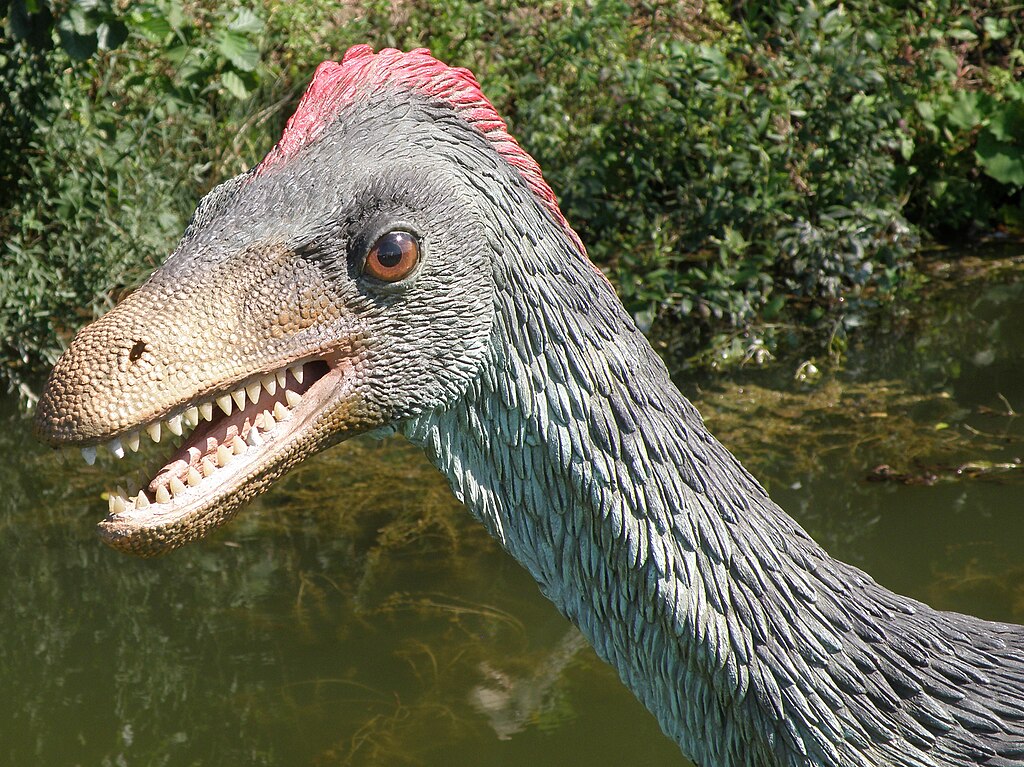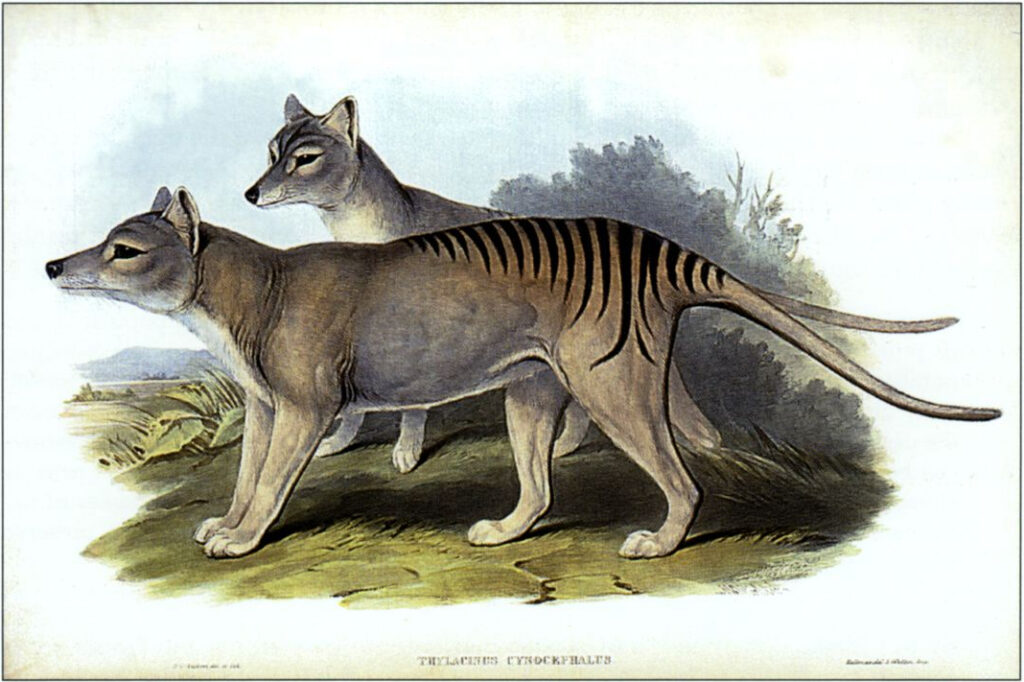Picture this: you’re standing on a timeline stretching back 550 million years, watching Earth’s greatest drama unfold. The planet breathes through cycles of death and rebirth, each extinction event clearing the stage for new stars to emerge. This isn’t just a story about dinosaurs—it’s the ultimate tale of how life finds a way, again and again, through the most catastrophic moments in our planet’s history.
The Great Dying That Changed Everything
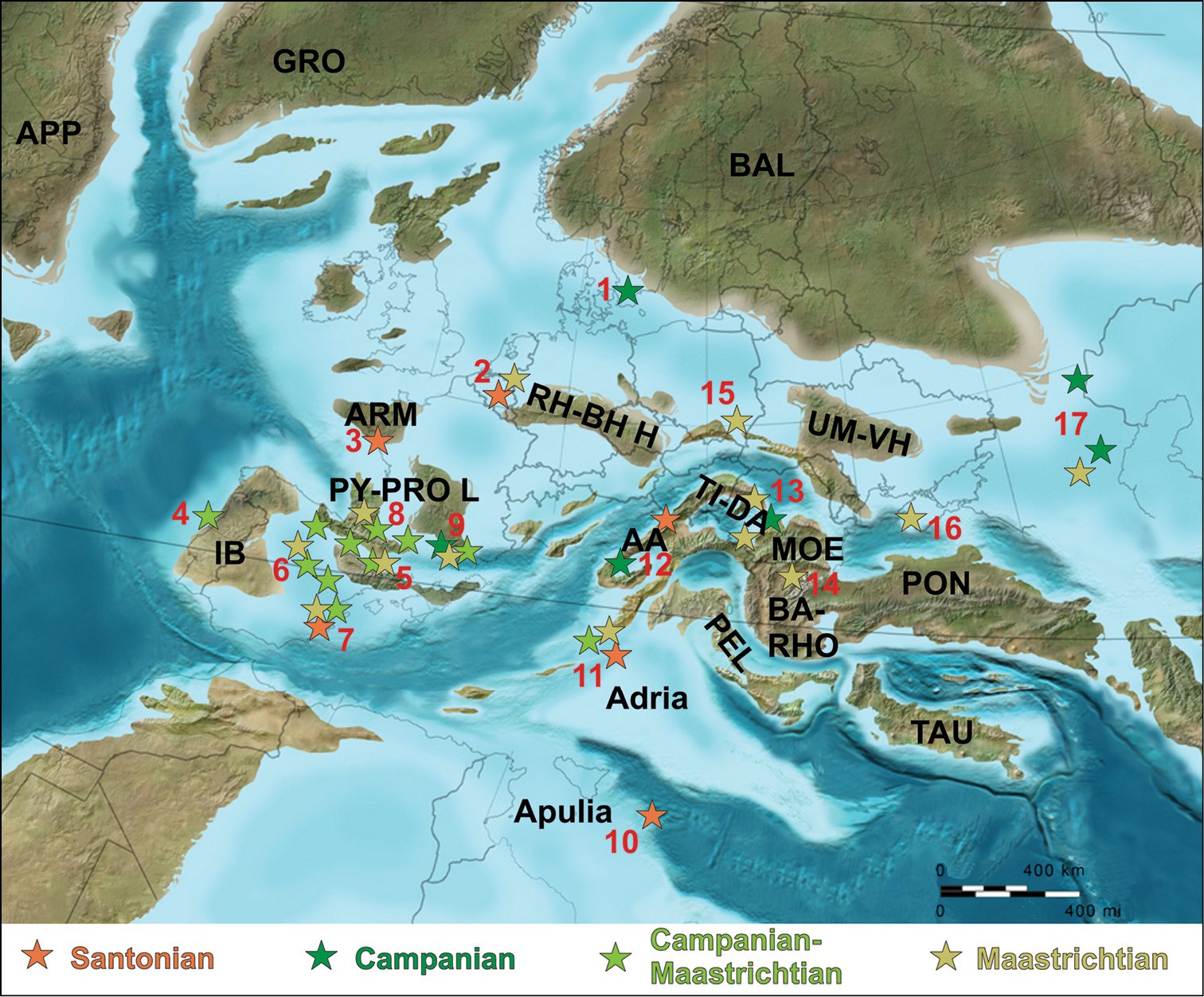
Long before the first dinosaur ever roamed the Earth, our planet experienced the most devastating extinction event in its history. The Permian-Triassic extinction, occurring roughly 252 million years ago, wiped out an estimated 96% of marine species and 70% of terrestrial vertebrates. Scientists often call this event “The Great Dying” because it came closer to ending life on Earth than any other mass extinction.
Massive volcanic eruptions in what is now Siberia pumped enormous quantities of carbon dioxide and toxic gases into the atmosphere. Ocean temperatures soared, oxygen levels plummeted, and acid rain fell like tears from a poisoned sky. Yet this apocalyptic scenario created the perfect conditions for a new group of reptiles to eventually take center stage.
From Ashes Rise the Archosaurs
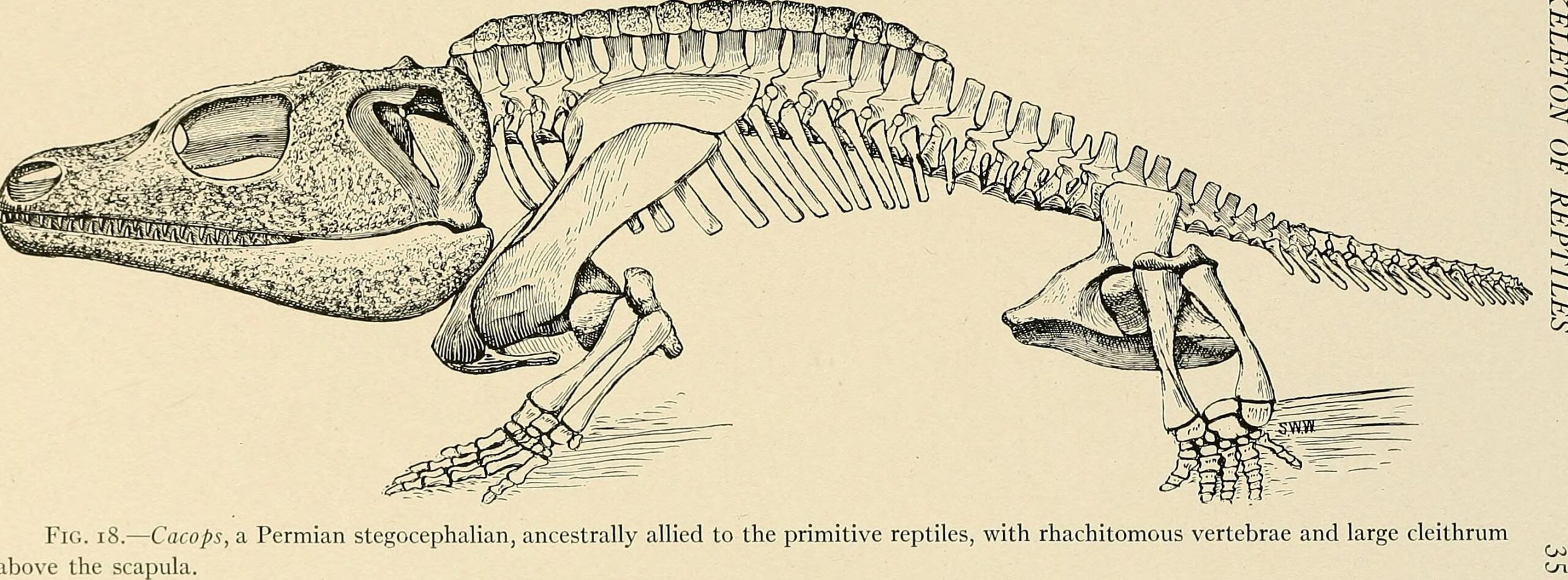
In the aftermath of The Great Dying, a remarkable group of reptiles called archosaurs began to flourish. These “ruling reptiles” included the ancestors of crocodiles, pterosaurs, and most importantly, dinosaurs. The vacant ecological niches left by the Permian extinction became evolutionary playgrounds where these creatures could experiment with new body plans and lifestyles.
Early archosaurs like Euparkeria were small, agile predators that walked on four legs but could rear up on their hind legs when needed. This bipedal ability would prove crucial for their descendants. The empty landscapes of the early Triassic period, roughly 250 million years ago, provided these pioneers with endless opportunities to diversify and adapt.
The Triassic Trials and Triumphs
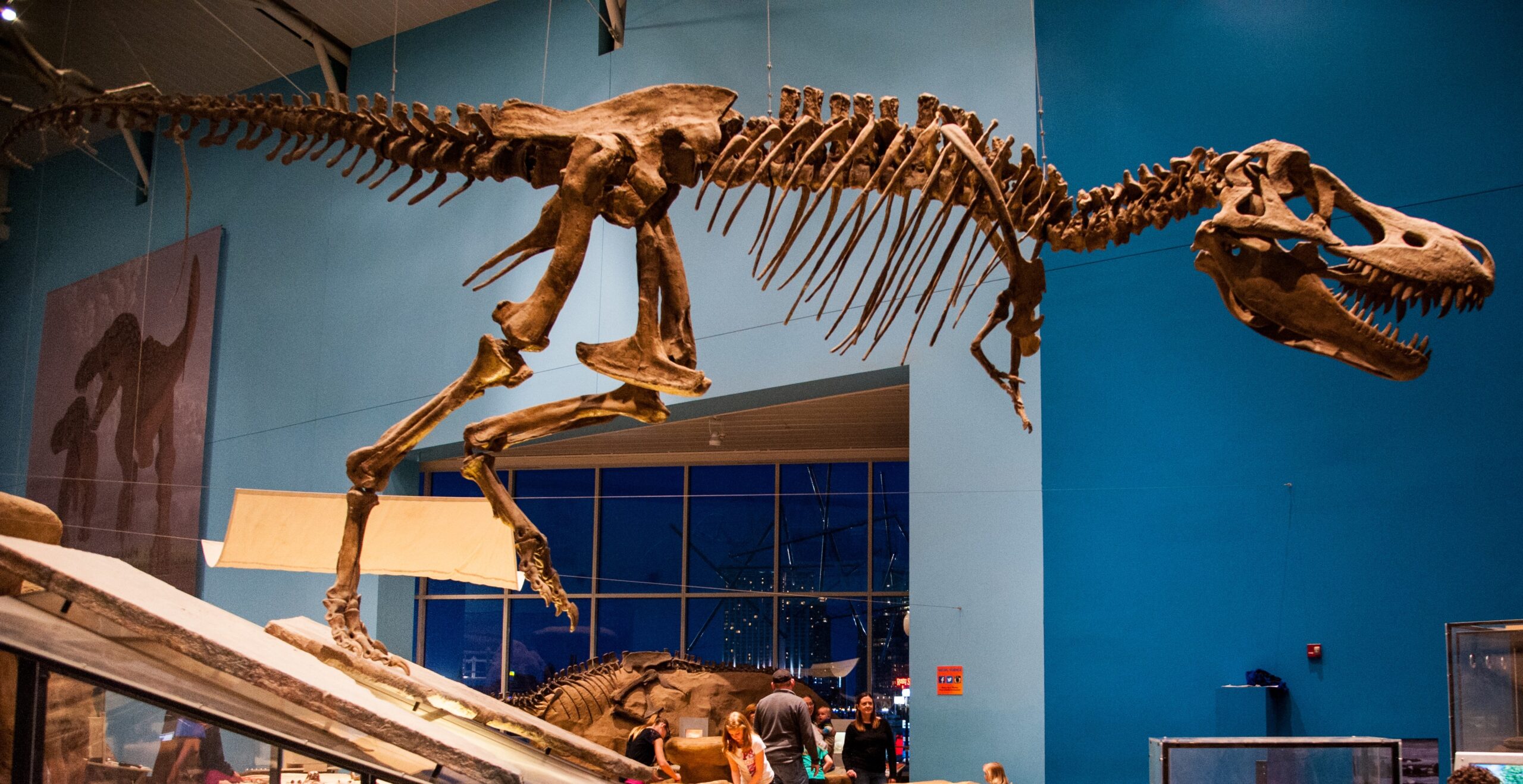
The Triassic period wasn’t just a time of recovery—it was a biological arms race. As ecosystems rebuilt themselves, competition intensified among surviving groups. Early dinosaur relatives had to compete with other archosaurs, including the fearsome rauisuchians, massive crocodile-like predators that dominated many ecosystems for millions of years.
During this period, the first true dinosaurs appeared around 230 million years ago. These early species, like Eoraptor and Herrerasaurus, were relatively small and unremarkable compared to their later descendants. They occupied minor ecological roles, often scavenging or hunting small prey while larger predators ruled the food webs.
Another Extinction Opens New Doors
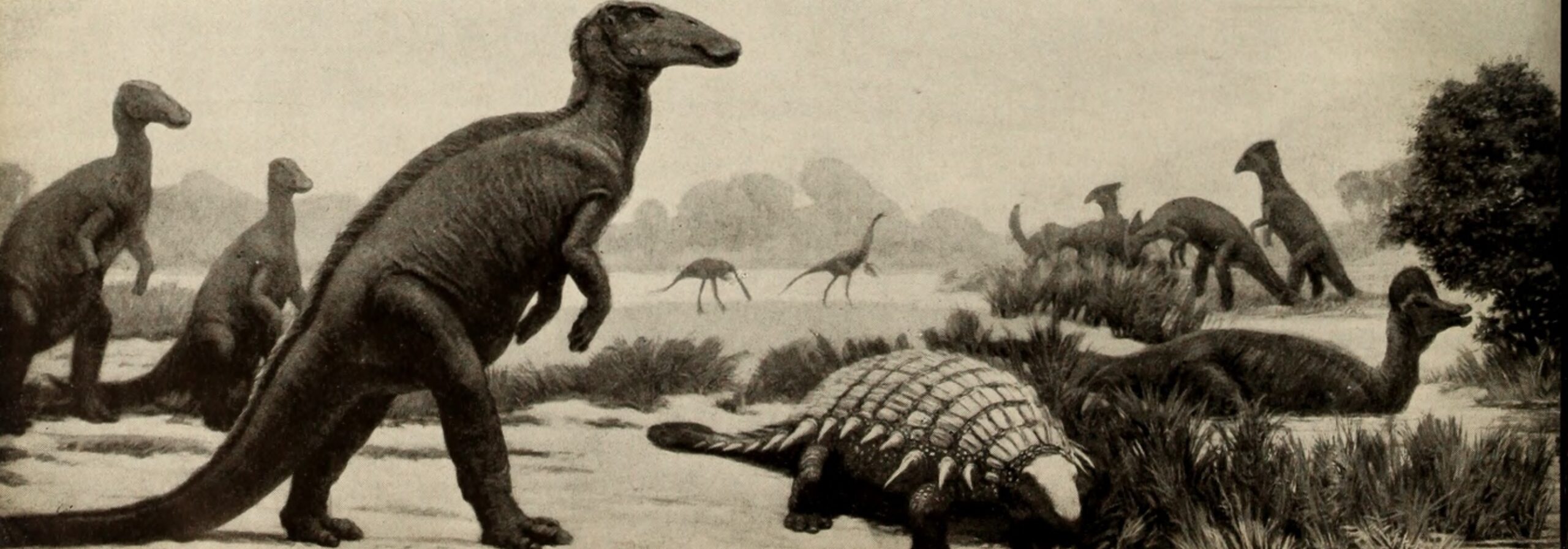
Just as dinosaurs were getting their evolutionary footing, another mass extinction event struck at the end of the Triassic period, about 201 million years ago. This event, likely triggered by massive volcanic activity in the Central Atlantic, eliminated many of the dinosaurs’ main competitors. The dominant rauisuchians vanished, along with many other archosaur groups that had previously kept dinosaurs in check.
Suddenly, the ecological stage was set for dinosaurs to step into starring roles. With their main competitors gone, dinosaurs rapidly diversified and spread across the globe. The Jurassic period that followed became the true age of dinosaur dominance, lasting over 50 million years.
Jurassic Giants Take the Stage
The Jurassic period transformed dinosaurs from bit players into the main attractions of terrestrial ecosystems. This era saw the evolution of some of the largest land animals ever to exist, including the massive sauropods like Brachiosaurus and Diplodocus. These gentle giants stretched their necks toward the sky, feeding on conifers and ferns that formed lush forests across the supercontinent Pangaea.
But size wasn’t the only innovation of the Jurassic. Predators like Allosaurus developed sophisticated hunting strategies, while the first bird-like dinosaurs, including Archaeopteryx, took tentative steps toward conquering the skies. The period established dinosaurs as the undisputed rulers of land ecosystems worldwide.
Cretaceous Creativity and Diversity
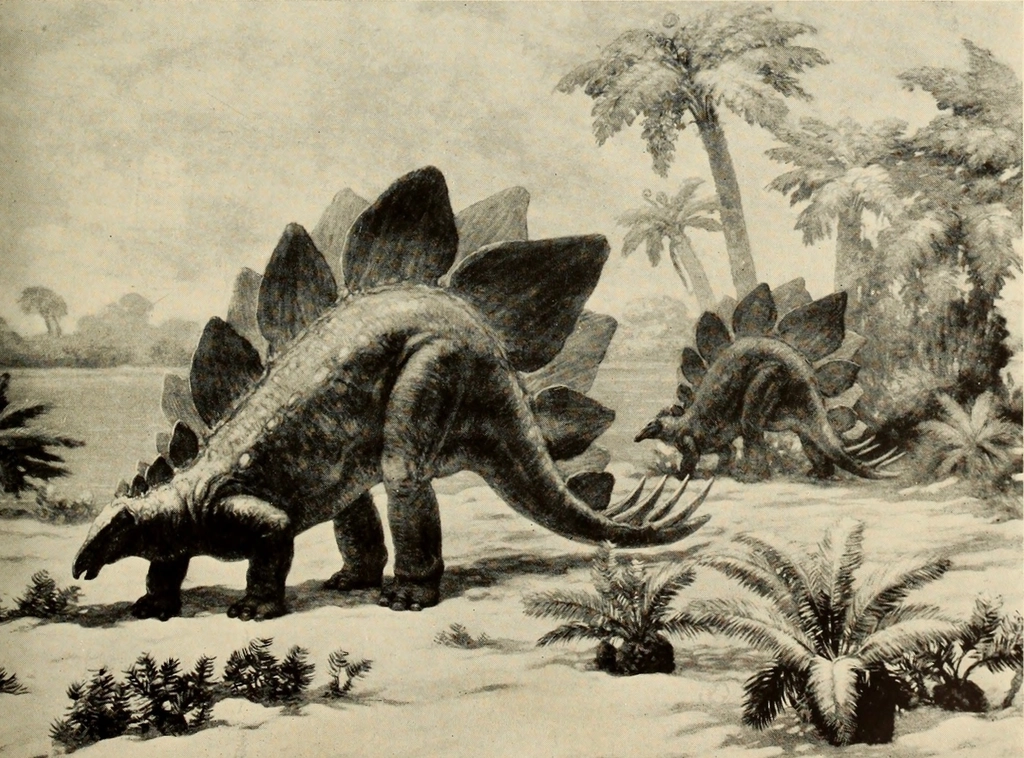
The Cretaceous period, beginning around 145 million years ago, witnessed an explosion of dinosaur diversity that would make any modern ecosystem jealous. Flowering plants appeared and transformed landscapes, providing new food sources and habitats. Dinosaurs responded by evolving incredible variety—from the tank-like Ankylosaurus to the sail-backed Spinosaurus and the iconic Tyrannosaurus rex.
This period also saw dinosaurs master flight completely, with countless species of flying dinosaurs (birds) filling the skies. Social behaviors became more complex, with evidence of herding, nesting colonies, and even possible migration patterns. The Cretaceous represented the pinnacle of dinosaur evolution and ecological dominance.
Warning Signs in Paradise
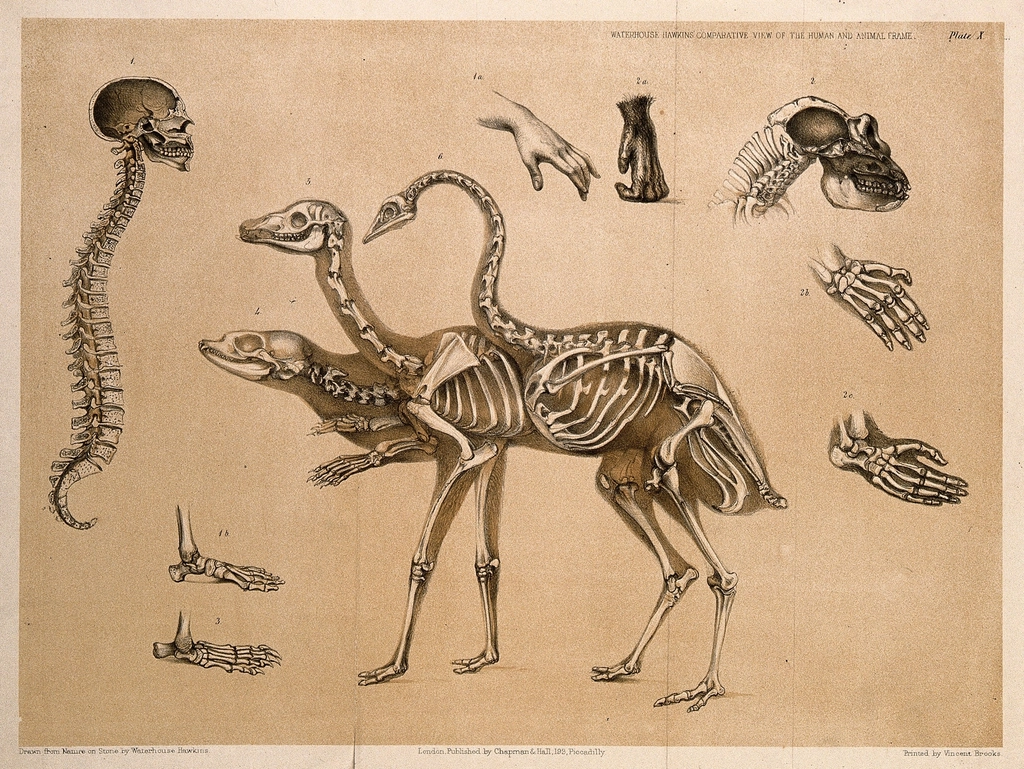
Despite their success, dinosaurs weren’t living in a stable paradise during the late Cretaceous. Climate change, volcanic activity, and sea level fluctuations created ongoing environmental pressures. The massive Deccan Traps volcanic eruptions in what is now India began pumping greenhouse gases into the atmosphere, gradually warming the planet and acidifying the oceans.
Some dinosaur groups had already begun declining before the final catastrophe struck. The diversity of large predators was decreasing, and certain herbivorous groups were becoming less common. These changes suggest that dinosaur ecosystems were already under stress when the ultimate extinction event arrived.
The Asteroid That Changed Everything
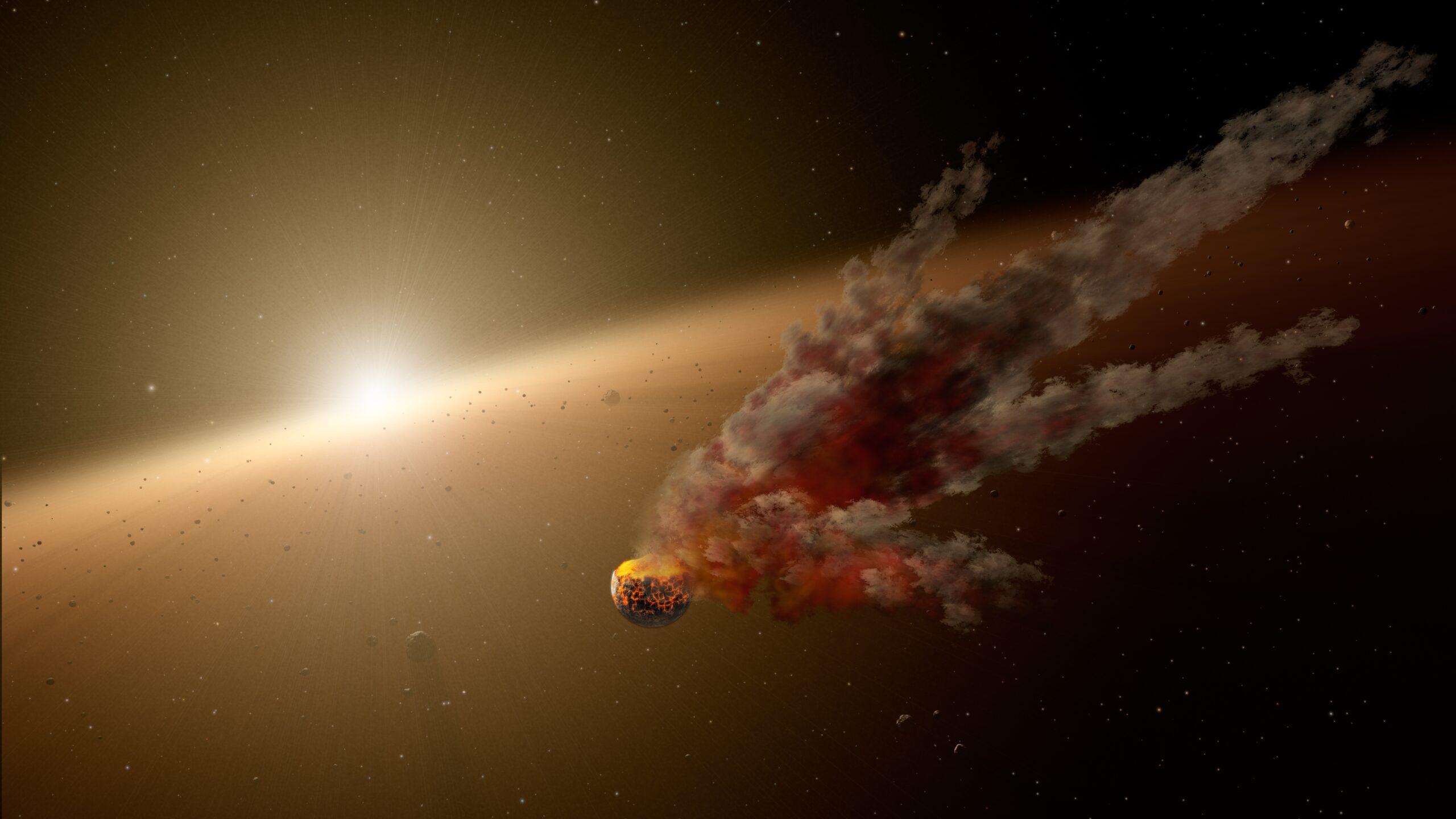
Sixty-six million years ago, a massive asteroid roughly six miles wide slammed into what is now the Yucatan Peninsula of Mexico. The impact unleashed energy equivalent to billions of atomic bombs, creating a crater over 100 miles wide and instantly vaporizing everything within hundreds of miles. But the direct impact was just the beginning of the catastrophe.
The collision hurled billions of tons of debris into the atmosphere, blocking sunlight and plunging Earth into a nuclear winter-like darkness. Temperatures plummeted, photosynthesis ceased, and food webs collapsed from the bottom up. The impact also triggered massive earthquakes, tsunamis, and wildfires that spread across continents.
The Final Curtain Falls
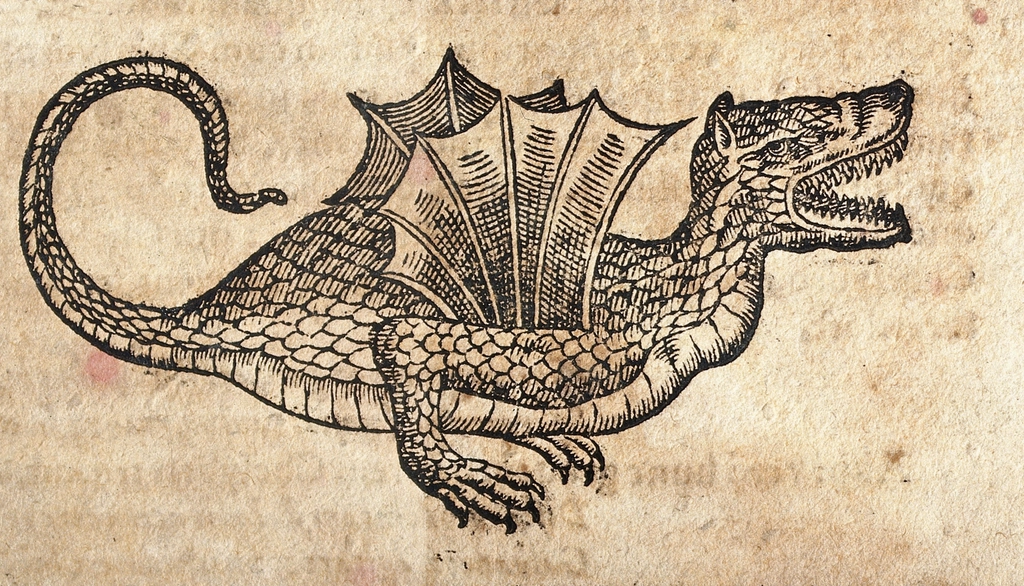
The combination of the asteroid impact and ongoing volcanic activity created a perfect storm of destruction. Plants died first, then herbivorous dinosaurs starved, followed by the carnivores that depended on them. The largest dinosaurs, requiring enormous amounts of food daily, were hit hardest by the collapse of food webs.
Within a few thousand years—a blink of an eye in geological time—the age of dinosaurs came to an end. Species that had dominated terrestrial ecosystems for over 160 million years simply vanished from the fossil record. The Cretaceous-Paleogene extinction event eliminated roughly 75% of all species on Earth, marking the end of the Mesozoic Era.
Survivors in the Shadows
Not all dinosaurs perished in the great extinction. Small, feathered dinosaurs—the birds—survived by virtue of their size, ability to fly, and dietary flexibility. These avian dinosaurs could escape local disasters, required less food, and could exploit various food sources including seeds, insects, and small animals that persisted through the crisis.
Alongside birds, other small animals survived the extinction event. Mammals, which had lived in dinosaurs’ shadows for millions of years, suddenly found themselves in a world with vast ecological opportunities. Crocodiles, turtles, and some reptiles also weathered the catastrophe, setting the stage for the next chapter of Earth’s evolutionary story.
The Mammalian Renaissance
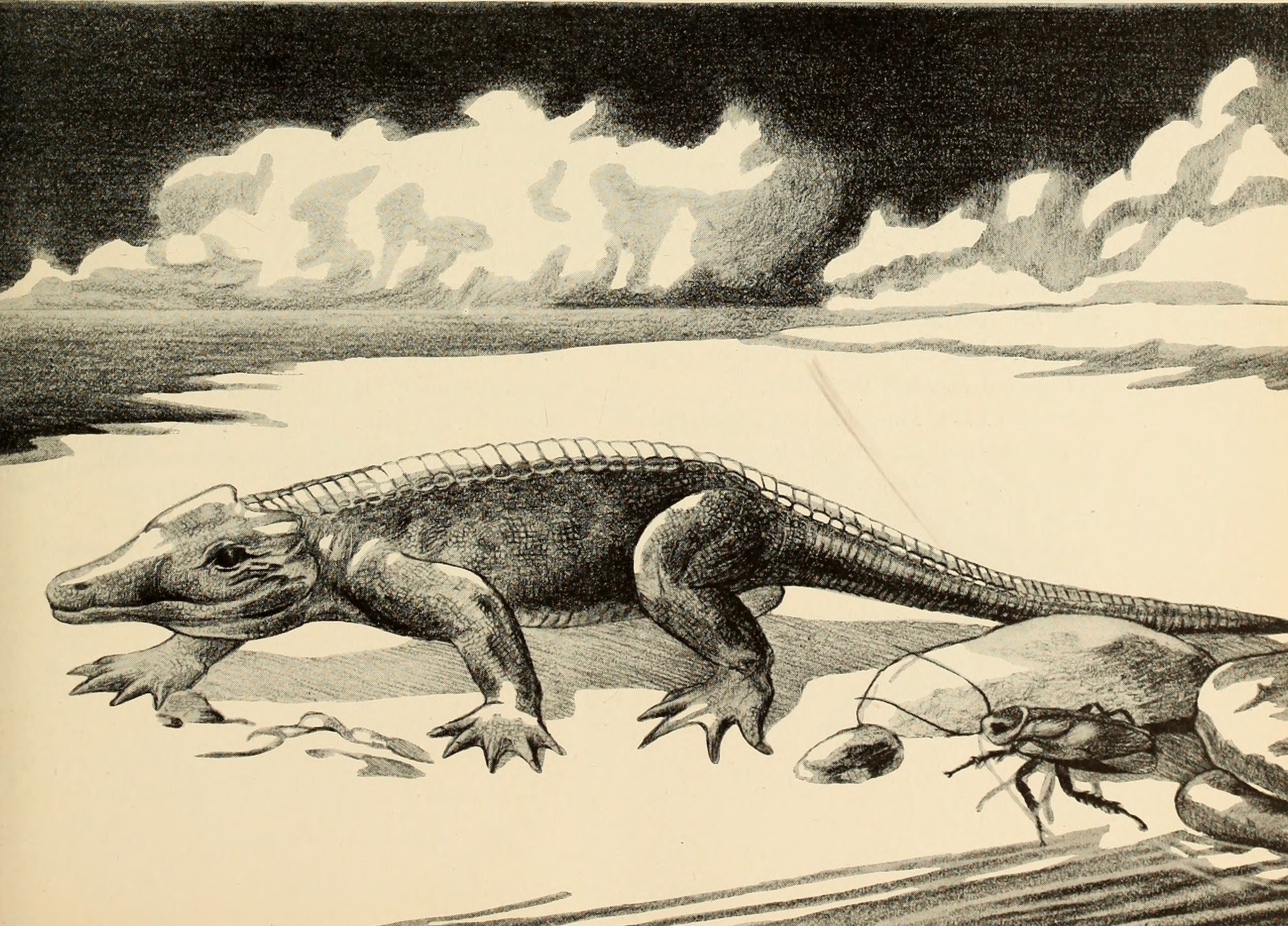
With dinosaurs gone, mammals experienced an explosive adaptive radiation during the Paleocene epoch. These small, furry creatures, most no larger than rats during the Cretaceous, rapidly evolved into diverse forms filling the ecological niches left vacant by dinosaurs. Within just a few million years, mammals ranged from tiny shrews to massive browsers and fierce predators.
The absence of large dinosaurian predators allowed mammals to experiment with size and lifestyle in ways previously impossible. Some lineages evolved into marine forms, others took to the trees, and still others became ground-dwelling giants. This mammalian diversification laid the groundwork for the eventual evolution of primates and, ultimately, humans.
Lessons from Deep Time
The rise and fall of dinosaurs teaches us profound lessons about life’s resilience and fragility. Extinction events, while devastating, also create opportunities for innovation and evolutionary experimentation. The same process that eliminated dinosaurs eventually led to the evolution of mammals, birds, and countless other modern species.
These ancient events also highlight the role of environmental change in shaping evolution. Climate shifts, volcanic activity, and asteroid impacts have repeatedly reset life’s evolutionary trajectory. Understanding these patterns helps us appreciate how environmental changes today might influence the future of life on Earth.
Living Dinosaurs Among Us
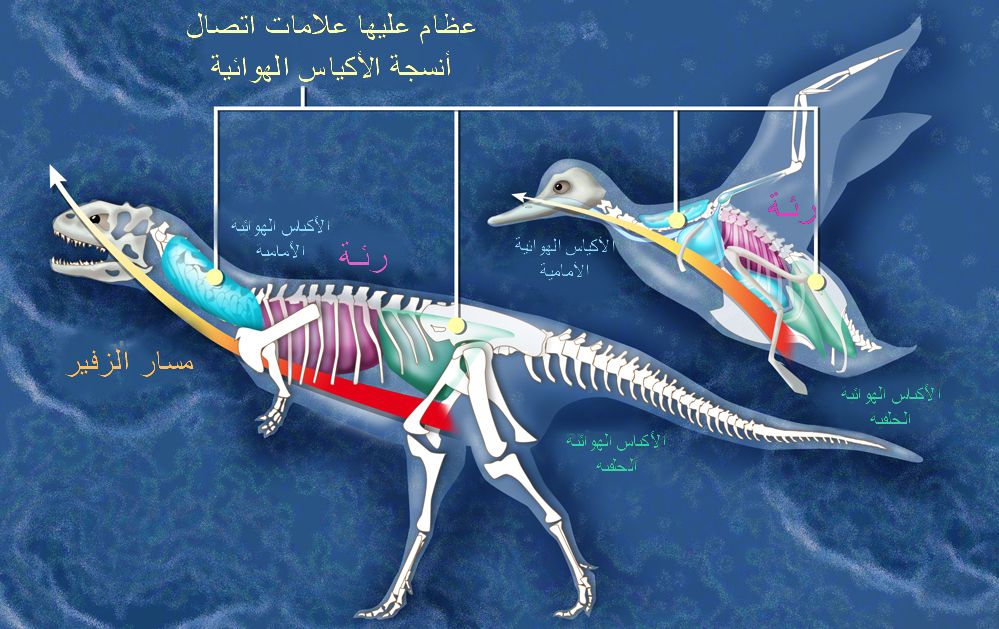
Every time you see a bird outside your window, you’re witnessing the continuation of the dinosaur lineage. Modern birds are direct descendants of theropod dinosaurs, carrying forward genetic and behavioral traits that evolved over 150 million years ago. Their hollow bones, feathers, and even some of their behaviors can be traced back to their dinosaurian ancestors.
Recent fossil discoveries have revealed that many dinosaurs were far more bird-like than previously imagined. Feathers, complex social behaviors, and even flight capabilities were widespread among dinosaur groups. This means that dinosaurs didn’t truly go extinct—they simply evolved into a new form that we see everywhere today.
The Endless Cycle Continues
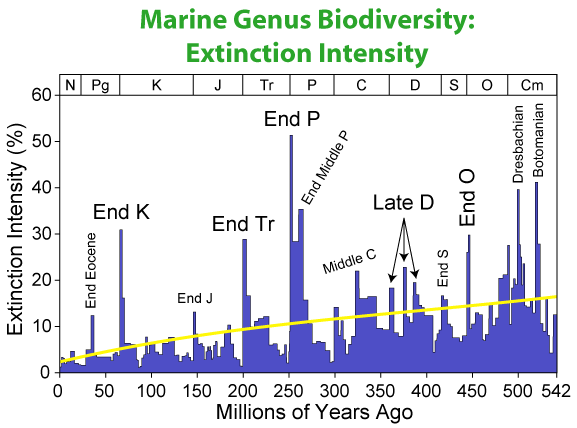
The story of dinosaurs represents just one chapter in Earth’s ongoing saga of extinction and renewal. Throughout our planet’s history, major extinction events have occurred roughly every 26 million years, each one reshaping the biosphere and opening new evolutionary pathways. The pattern suggests that extinction and diversification are fundamental processes that drive the evolution of life.
Today, scientists recognize that we may be living through another mass extinction event, this one caused by human activities. Climate change, habitat destruction, and pollution are driving species to extinction at rates comparable to past mass extinction events. Understanding how previous extinctions shaped evolution helps us better comprehend the changes happening around us now.
The tale of dinosaurs reminds us that even the most successful species can vanish when conditions change dramatically. Yet it also demonstrates life’s incredible ability to bounce back, adapt, and evolve in new directions. From the ashes of the Great Dying rose the archosaurs, and from the end of the dinosaurs came the age of mammals and birds. Each extinction event, while tragic in its immediate aftermath, ultimately contributes to the rich tapestry of life we see today. What new forms of life might emerge from the changes happening in our current world?

